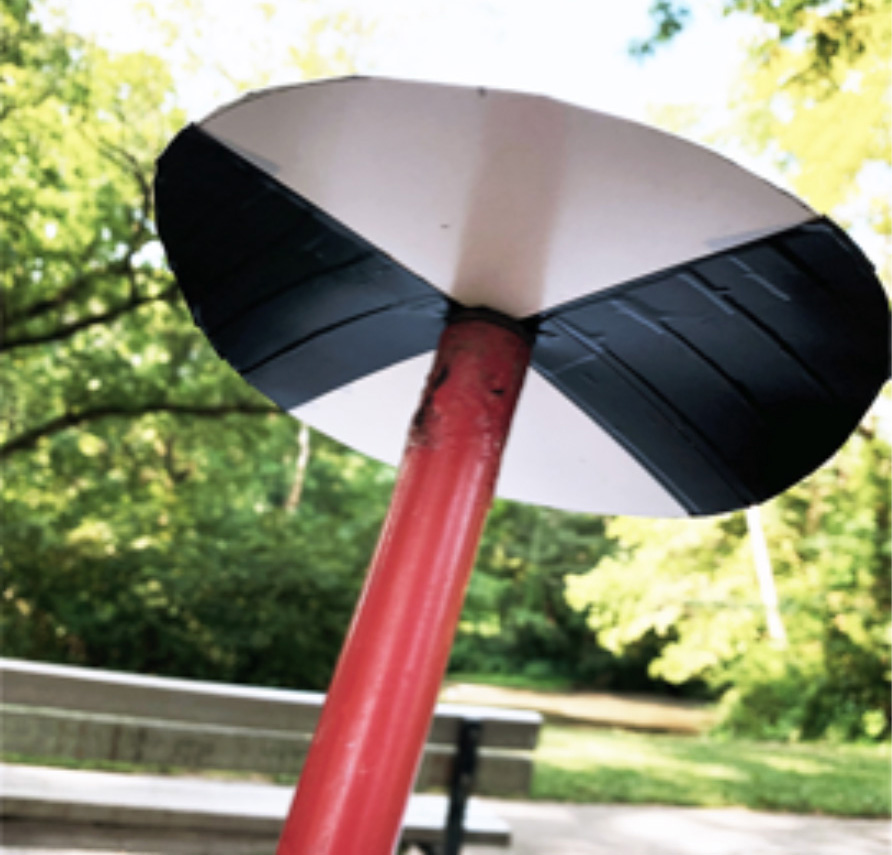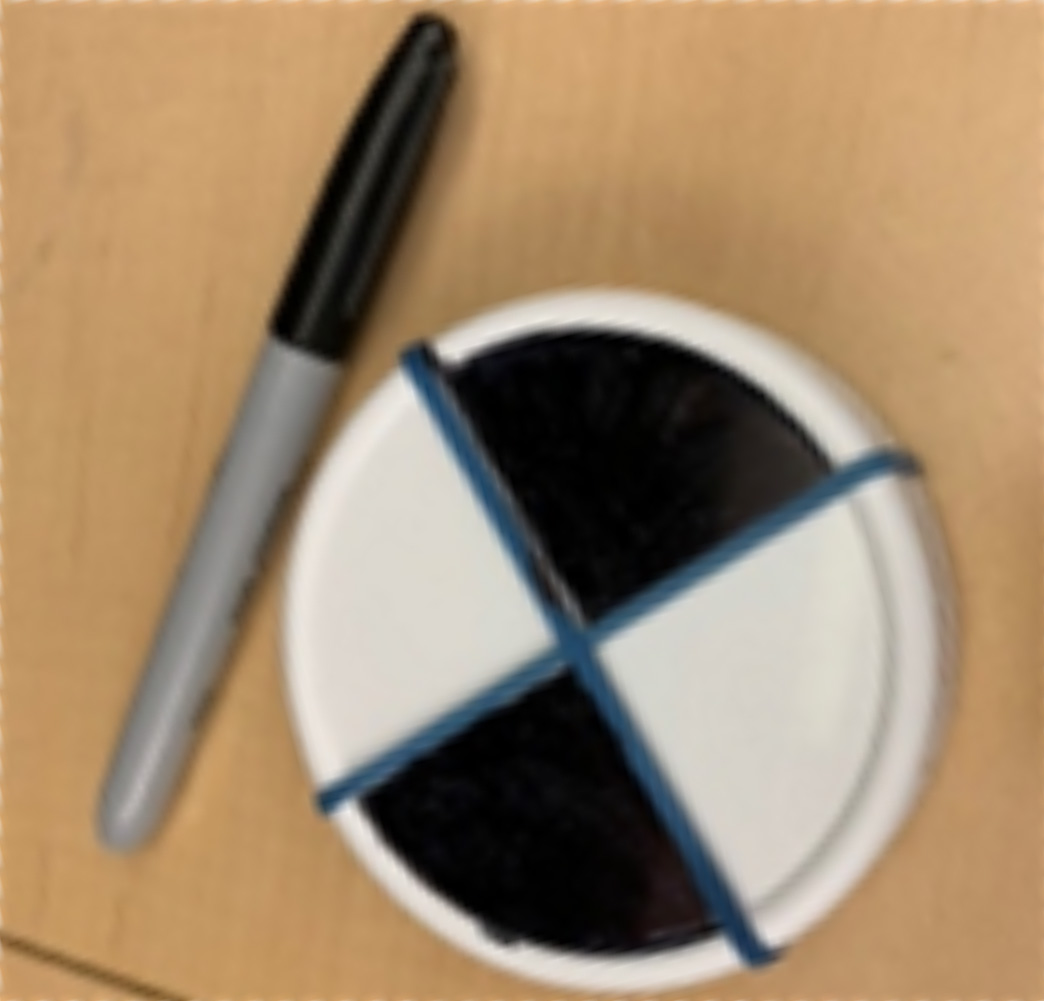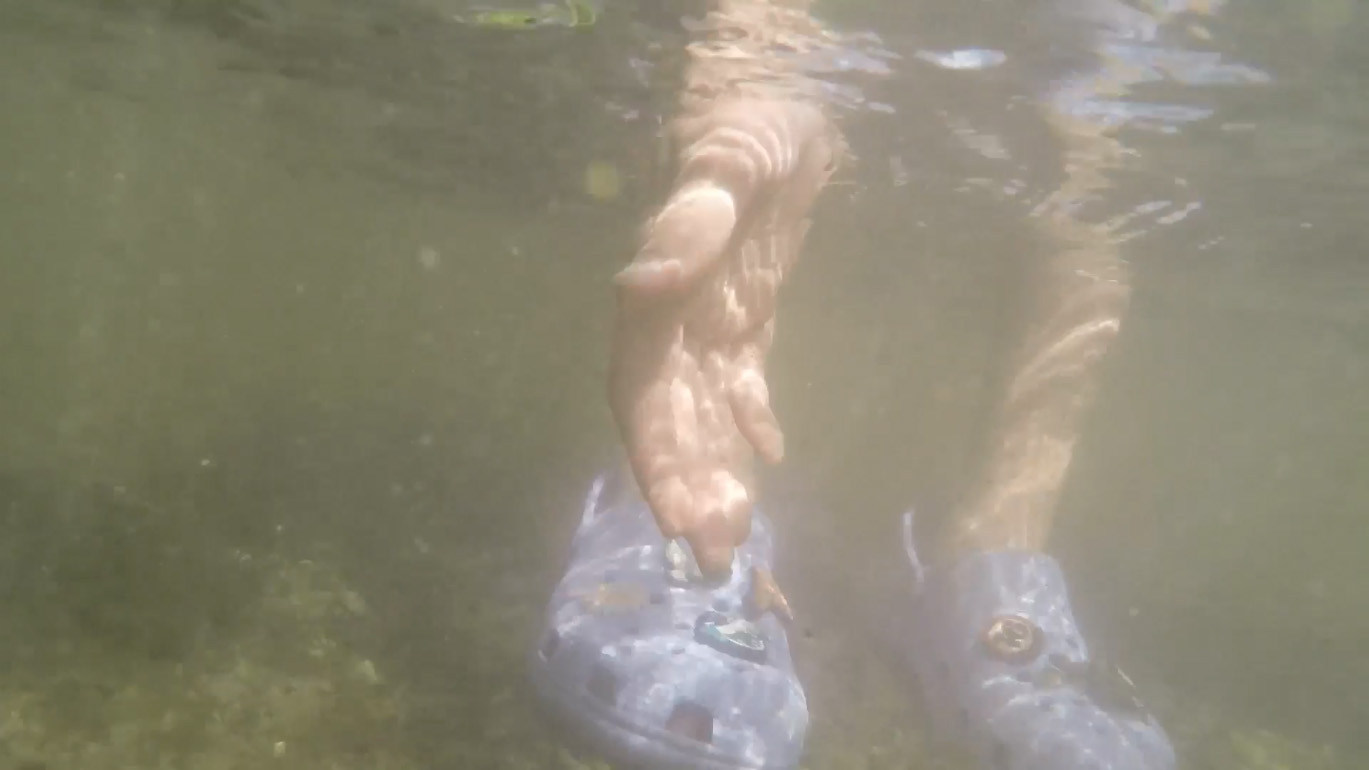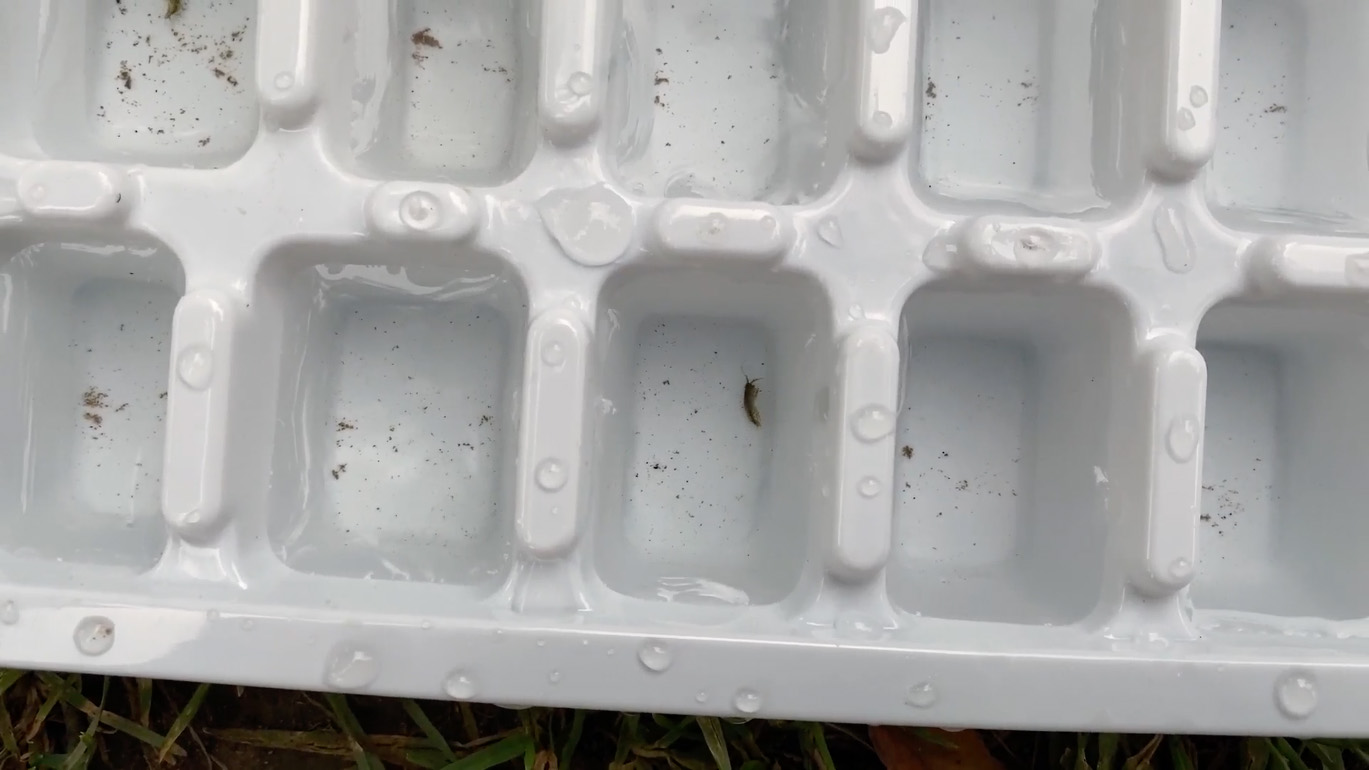Stream Health
- Moderate
- Not Messy
- 5-10 Minutes
- Outdoor
Check the health of a stream!
We rely on healthy bodies of water to sustain our environment. Can you tell if a stream is healthy? Take the temperature, check the water clarity, and look for signs that your stream is supporting life around it with these activities.
Watch the video on YouTube: https://youtu.be/cfu3gJ37ls4
You Will Need
A thermometer
A clear cup or secchi disk
Waterproof shoes
A container to hold small creatures. Ice cube trays work well!
Directions
- Watching the Stream Health Video
- If you want to make a secchi disk, you can either use a white paper plate and black tape or a white lid and a black permanent marker.
- Use the Stream Health Chart to answer the following questions.
- To check the temperature of your stream, first try it with your hand.
- Next, use your thermometer to get an accurate temperature. We used a floating thermometer designed for a pool.
- Next, you want to look at the water itself. How would you describe it?
- You can make a simple secchi disk with your clear cup and a waterproof marker. Or you can make something a little bigger depending what you have on hand.
- Put your secchi disk in the water. Can you still see the pattern? Does the white still look bright white?
- Make observations of the living things in and around your stream.
- Do you see any signs of animals living around the water?
- What kinds of plants do you notice near your stream.
- What about in the water? Scoop out some water into a container or ice cube tray. What do you observe?
- Do you think your stream is healthy?
- See First Investigation of Stream Health (F.I.S.H) to learn more.




Discovery Questions
- Why is it important to pay attention to the health of streams in our area?
- Although water may seem to be all around us, potable water (water that is safe and clean to drink) is only a very small percentage of the water on earth. Many water sources are polluted from human actions such as industry, agricultural practices, and suburban lawn care. Protecting our water sources is not only important for humans, but also for other organisms we share our ecosystem with.
- What are some ways we can monitor stream health?
- We can monitor stream health with simple observations of the area as well as taking temperature, using a secchi disk to test for transparency and water purity. We can observe vegetation around the stream and look for signs of healthy wildlife in the area. Noticing signs of wildlife such as scat or footprints, tells us that the area is healthy enough to support an active ecosystem.
- What are some ways we can monitor and help restore streams in our areas?
- Becoming a citizen scientist through programs like First Investigation of Stream Health (FISH) is a great way to get involved. You can go to the FISH website to get started.
Why is this important?
Stream health is important to clean water, recharging groundwater that supplies our local wells and reservoirs. Our local agricultural industry depends on the health of water and riparian buffers.
Healthy streams protect us from floods and provide habitats for native species keeping our ecosystem balanced.
Key Words
- Clarity
- A measure of how far light goes down through water.
- Macroinvertebrate
- Small organisms without a backbone.
- Sediment
- Minerals and debris that settles at the bottom of water.
- Secchi Disk
- The black and white pattern of a secchi disk is used to measure transparency of water.
- Riparian Buffer
- Area next to a stream that acts as a border between the stream and human activity.
- Potable
- Safe and clean to drink.
